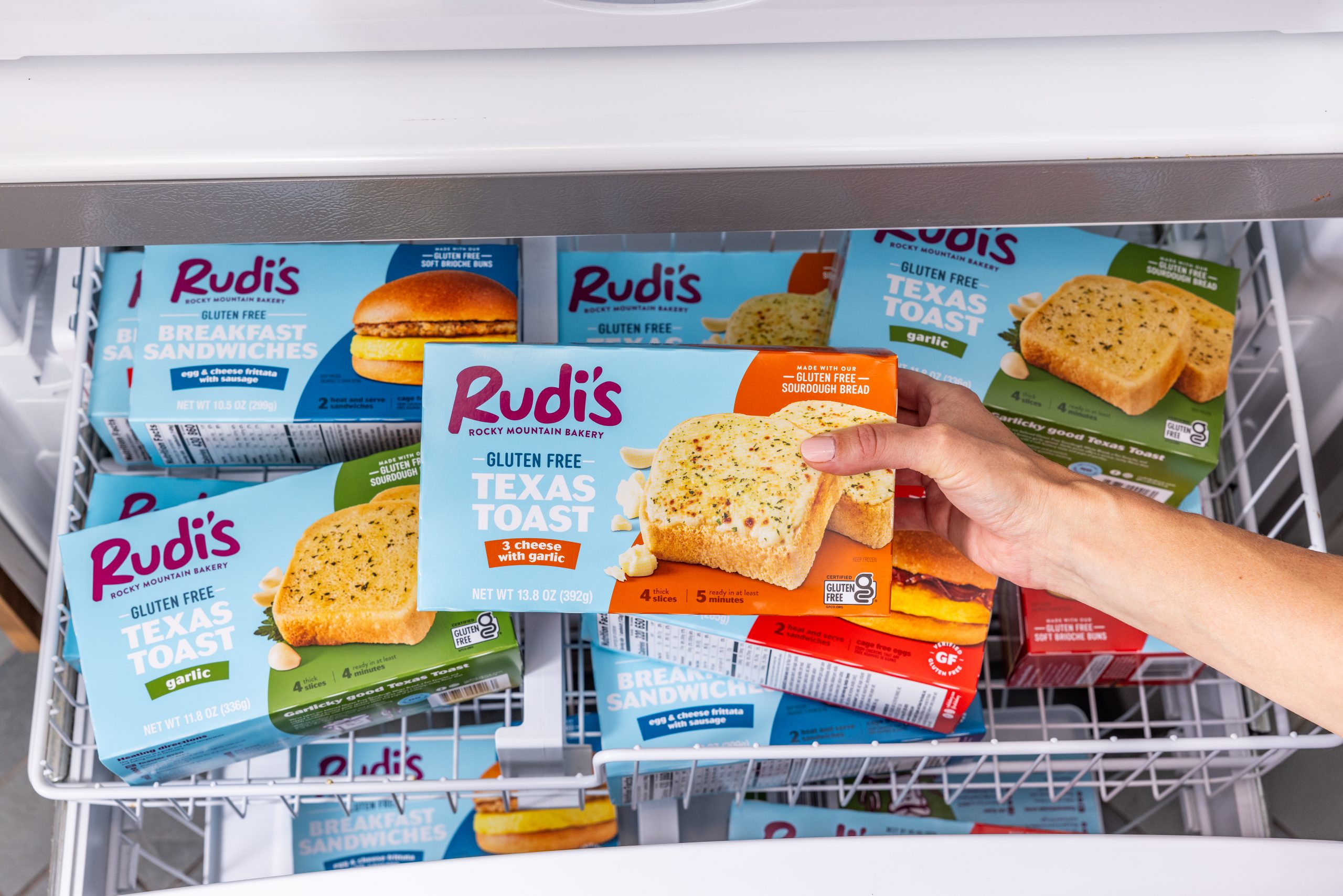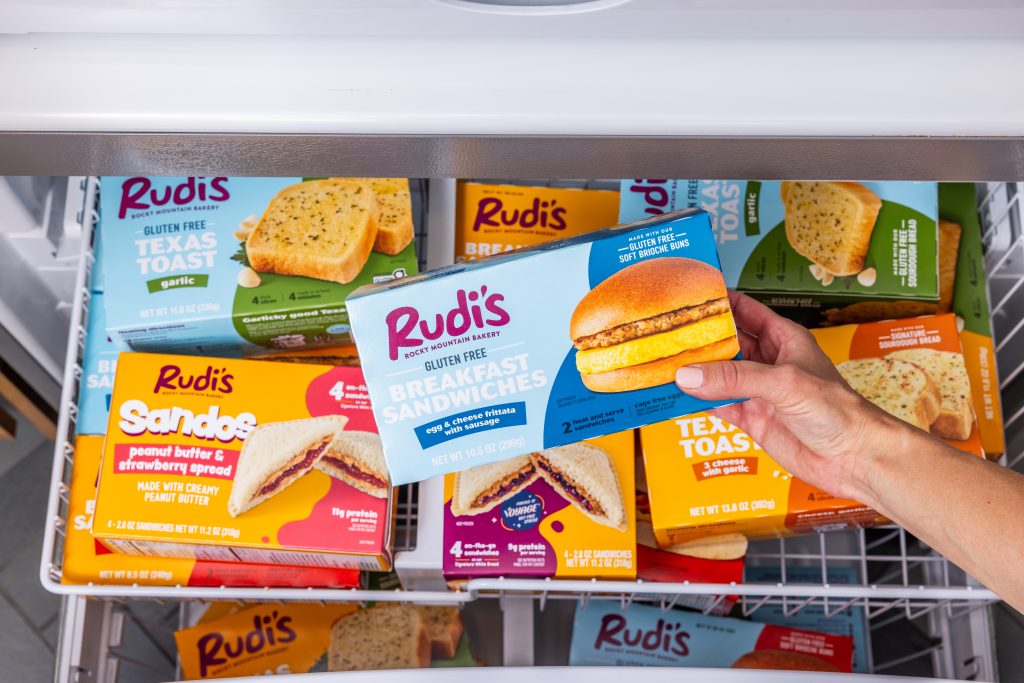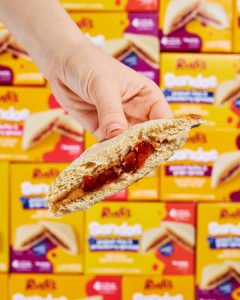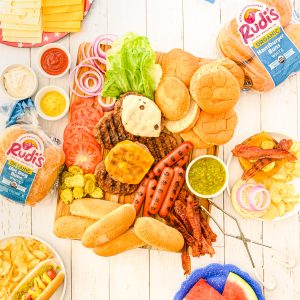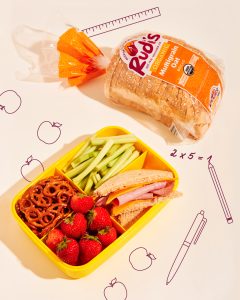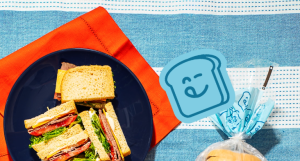A diagnosis of celiac disease can feel devastating for anyone, and especially so for a kid. Since celiac disease requires a strict avoidance of gluten, it affects so many aspects of life. And the parent of a child with celiac is often the one navigating it all. Every time they eat, shop for groceries, go to a restaurant or friends’ house, or even when buying personal care products, the parent of a child with celiac disease has to be diligent about reading labels and communicating their childs’ needs.
If you have a kid who needs to eat gluten free, whether because of a diagnosis of celiac disease or non-celiac gluten sensitivity, these tips from our registered dietitian can help.
A Gluten-Free Diet For The Family
When a child is diagnosed with celiac disease, it’s not just the kid who is affected by all the changes, and it often becomes a family affair. Sometimes, a parent, sibling, or other first-degree relative has it, too. The most cited study on celiac disease says that 1 in 133 Americans (or 1% of the population) has celiac disease. But if you have a first-degree relative with celiac, that prevalence jumps to 1 in 22.
If a child is the first to be diagnosed, it’s a good idea for families to start by getting a basic understanding of celiac disease and how to live well with it. Next, they need to become masters at label reading. And third, they need to communicate and become an advocate for their kid. Here’s help for getting started.
Tips For Parents Of Children With Celiac Disease
Even though celiac is genetic, parents of kids with the disease should know that there’s nothing they did to cause it or something they could have done to prevent it. And there is good news: Managing a diagnosis of celiac will become easier over time.
- Reassure your child that they are not alone. Your child may feel singled out and wonder why they need to eat differently from other kids around them. Give them some comfort and assurance that they are not the only ones who have celiac, and tell them you will be there to help figure it out, one step at a time.
- Teach the foods that typically contain gluten. Depending on the age of the child, it can be helpful to review a list or photos of the typical gluten-containing foods and gluten-containing grains (such as semolina, kamut, and durum wheat flour, rye, barley, triticale, malt, and brewer’s yeast). Don’t forget to mention some of the less obvious sources of gluten, such as soy sauce and other condiments (like malt vinegar) and foods with a lot of seasonings, starches, and thickeners. Also, let your child know that gluten-free options of almost all foods exist, and that they don’t need to necessarily give up these foods, but rather, find a gluten-free version of them.
- Give yourself (and your child) some grace. Though the goal of managing celiac is to avoid GI distress and further damage to the small intestine walls by avoiding gluten entirely, give your family some grace as your child transitions to a new way of eating. There will be times when your kid accidentally or unknowingly ingests gluten-containing ingredients, and though it’s not ideal and could result in short-term bloating, constipation, or even some weight loss, depending on the amount of gluten they ingested. And, at the same time, it’s also not the end of the world. Use it as a learning experience.
- Ask your kid how they want to be included. Some harder-to-navigate moments can be those times when everyone else is enjoying a gluten-filled treat, such as cookies shared in the classroom, breakfast at a pancake festival, or cake at a friends’ birthday party. Talk to your child about these moments ahead of time and ask them if they would like you to arrange a gluten-safe option for them. Or, search gluten-free recipes and meal plans together and create a dream gluten free meal.
- Buy some gluten-free items together. It can be a mood booster when you realize there have never been more gluten-free options available than there are now. Plan a trip to the grocery store when you and your child have time to slowly explore the aisles and read food labels together, adding certified gluten-free foods to your cart as you go. Let your child select a favorite gluten-free grain or legume (such as quinoa, brown rice, amaranth, buckwheat, sorghum, lentils, beans, and millet), tortillas and breads made with gluten-free flour, cereals, soups, treats, salad dressings, and more gluten-free products.
- Learn about non-food sources of gluten. After you have a good understanding of gluten sources in foods, move on to get a grasp of the other places gluten can pop up. It can be in the additives of some personal care items, such as toothpaste, shampoo, conditioner, or lip balm. And it’s sometimes in craft supplies, including some clays, glues, and paints. For young adults of legal age, gluten is also in several types of alcoholic beverages, including lagers and ales, as well as hard ciders or other drinks containing malt.
- Decide if you’ll separate or eliminate. Make a decision about whether or not you are going to have a 100% gluten-free kitchen and home. When supporting a child with celiac, some families decide it’s easier to eliminate all gluten from the home. While others choose to still have some gluten-containing items, but separate them. Remember that every item and surface that touches a gluten-containing item can be a source of cross contamination. For example, will you have two toasters in the home, one for gluten bread and one for gluten-free bread? Will you have two sets of utensils? A designated area to store gluten-free pantry items?
- Find your support. As both the parent of a child with celiac – and as the child with celiac – it will be important that you each find some support. There are many online resources, social media accounts, and local support groups that can offer guidance and friendship as you navigate celiac disease. Try the Gluten Intolerance Group Support Group database or the National Celiac Association’s Virtual Support Group Meetings.
How To Communicate It To Others
The other adults in your child’s life can help you manage your child’s celiac disease when you can’t be with them. After diagnosis, inform the other adults in your family, your child’s teachers and school administrators, babysitters, counselors, and coaches. If they are unfamiliar with celiac disease and sources of gluten, provide them with some resources. Ask what they know about celiac disease and if they have any protocols or measures already in place to help other kids with celiac and avoid cross contamination.
If you run into an instance where another adult or child mistakenly believes your child is eating gluten free because it’s a fad diet, kindly and confidently let them know that celiac disease is not a fad diet and that your child needs to avoid gluten for the short- and long-term healthcare of their small intestine, immune system, and overall well-being.
Over time, you will learn the restaurants to avoid and situations where you may need to be more diligent. At the same time, you’ll also find a community of people who want to support you and your child.
THE BOTTOM LINE
Even though celiac is genetic, parents of kids with the disease should know that there’s nothing they did to cause it or something they could have done to prevent it. And there is good news: Managing a diagnosis of celiac will become easier over time for both you and your child.
As the parent of a child with celiac, you will be their best advocate for years to come. You can help your child by learning more about celiac disease and gluten-free eating, making any necessary changes to how gluten-free food and cooking in your home will be managed, communicating with key adults in their life, and finding support.
One silver lining: There are more gluten-free food and drink options than ever before, including highly delicious and nutritious ones. Though not everyone you encounter will understand celiac disease and what it takes to manage it, you will find a community of people and companies that want to do all they can to support you and your child.
Written by Jessie Shafer.
Jessie is a Registered Dietitian Nutritionist living in Colorado where she splits her time among nearby playgrounds, typing away at her trusty laptop, and heating up her home kitchen with delicious experiments. A former magazine editor-in-chief, Jessie has a long career in food publishing and health writing. She is currently the editor at The Real Food Dietitians and a nutrition consultant through her business crdible.

